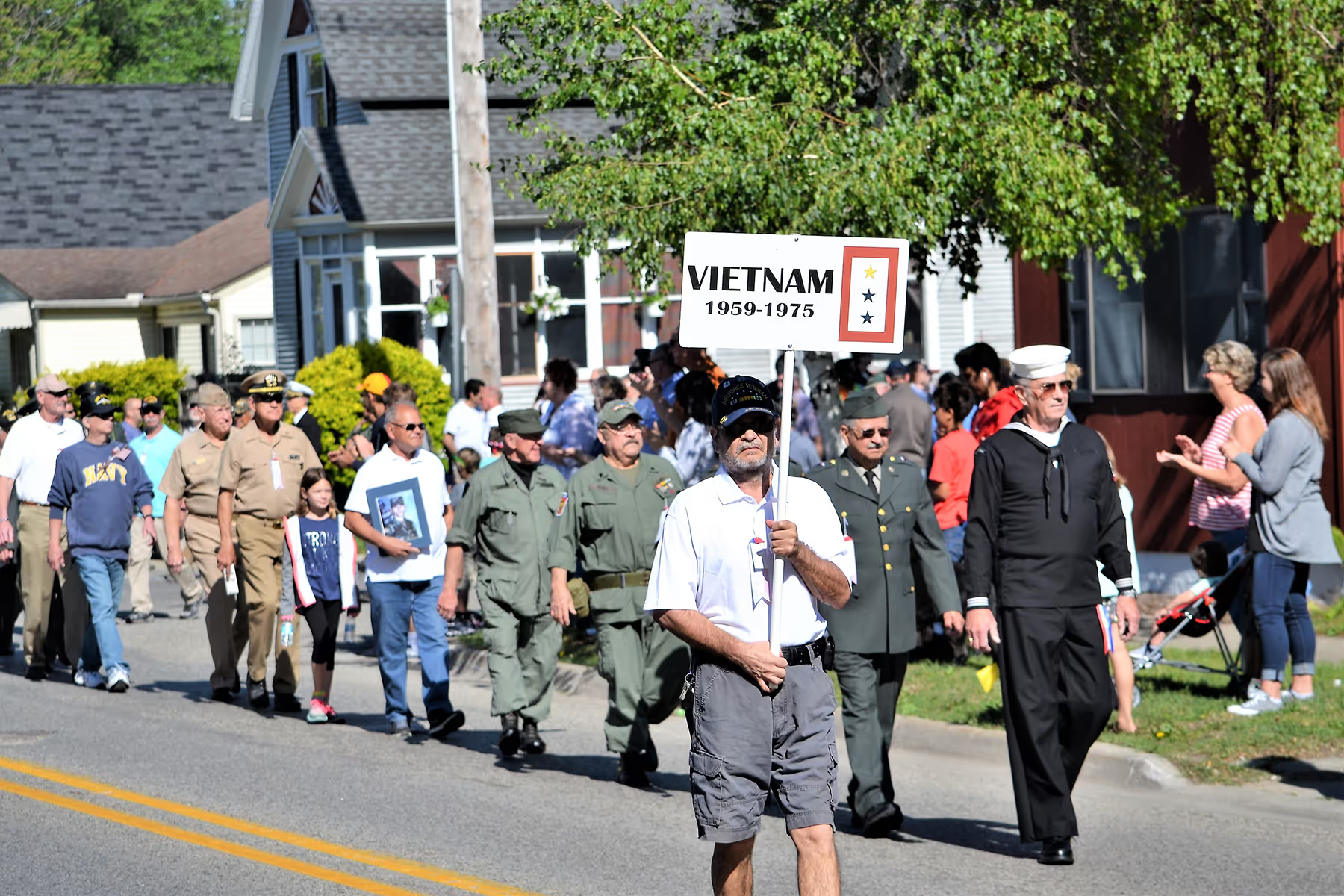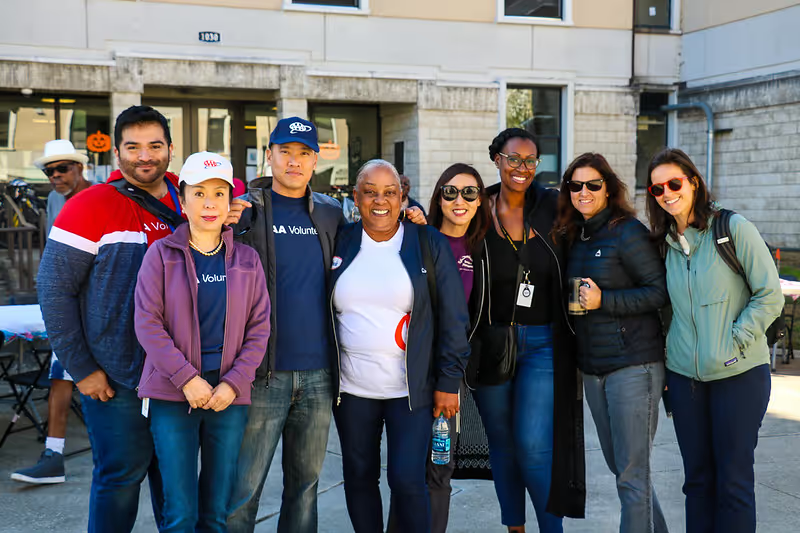Veterans are everywhere. No one entity can be all things to all veterans; instead, local service providers and community-based professionals should be armed with skills to meet veterans where they are, assisting directly or through warm referrals.
In the coming chapters, Swords to Plowshares will be gathering lessons learned from over forty years of community-based direct services, local and national coalition building, and technical assistance programs given to veteran organizations throughout the US.
The material we have gathered points to lessons learned and a roadmap for future care:
- Veteran services cannot be viewed as a given—but require ongoing advocacy and care based on the real-world experience of community-based supporters.
- Veteran advocates should work to protect and expand the work of the VA, increase access to services, collaborate in providing housing and community-based care, and ensure that the VA is not privatized and remains a strong holistic source of veteran benefits, research, and care.
- Adequate community support requires an understanding of military and veteran culture.
- Communities need collaborative action to meet the needs of veterans, their families, and populations within the veteran community (women, veterans experiencing homelessness, aging veterans, students, LGBTQ, veterans with disabilities and more).
- Veteran services include the full array of community support and engagement (housing, education, mental and physical health, legal services, etc.).
- Funding must be supported and leveraged through federal, state, local, foundation, philanthropic, and individual support.
- Providing community-based veteran services and support is doable!
We hope the tools we present will offer a framework to adopt veteran culturally-informed practices in your work.





.avif)


